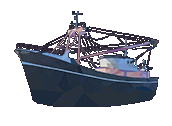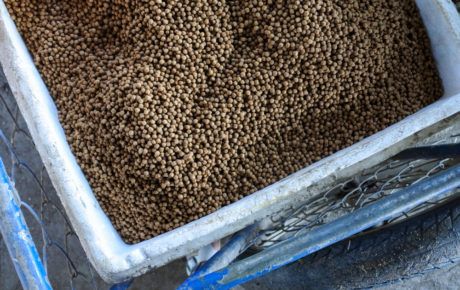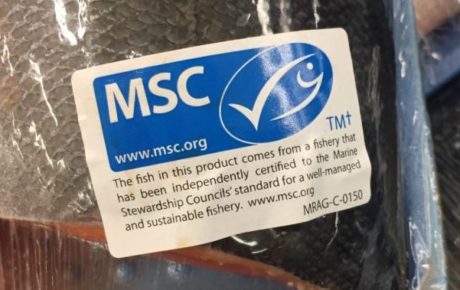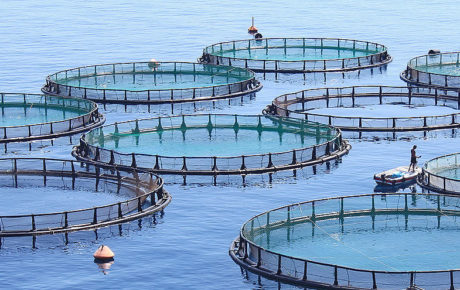
Floundering Around
A comparative review of how 49 leading European supermarket chains are positioned on the critical topic of sustainability in aquaculture supply chains based on years of research.
Supermarket Scorecards
Ranking supermarkets in six European countries on their efforts to tackle the use of wild fish in their aquaculture supply chains
Comparative Review 2021
A comprehensive and up-to-date analysis of how the sector is positioned on three topics that are critical to the sustainability of the aquaculture industry with clear recommedations for retailers:

Feed
- Phase out the use of wild-caught fish as feed for aquaculture in your supply chain. Commit to doing this by 2025 at the latest. and report on progress.
- For retailers present in several countries, establish consistent and ambitious group-level policies on feed rather than allowing national subsidiaries to pick and choose.

Fish Welfare
- Introduce strict and specific requirements for suppliers to ensure that farmed fish and seafood species are reared and slaughtered humanely.
- Blacklist farms that have consistently high fish mortality rates, as this often indicates poor farming practices and issues with fish welfare.
- For retailers present in several countries, establish consistent and ambitious group-level policies on welfare rather than allowing national subsidiaries to pick and choose.

Transparency
- Introduce greater transparency for consumers by improving labelling in line with customers’ right to know the origin of the farmed fish they buy, the origin and composition of what it was fed, and how it was reared.
- For retailers present in several countries, establish consistent and ambitious group-level policies on transparency rather than allowing national subsidiaries to pick and choose.

- Phase out the use of wild-caught fish as feed for aquaculture in your supply chain. Commit to doing this by 2025 at the latest. and report on progress.
- For retailers present in several countries, establish consistent and ambitious group-level policies on feed rather than allowing national subsidiaries to pick and choose.

- Introduce strict and specific requirements for suppliers to ensure that farmed fish and seafood species are reared and slaughtered humanely.
- Blacklist farms that have consistently high fish mortality rates, as this often indicates poor farming practices and issues with fish welfare.
- For retailers present in several countries, establish consistent and ambitious group-level policies on welfare rather than allowing national subsidiaries to pick and choose.

- Introduce greater transparency for consumers by improving labelling in line with customers’ right to know the origin of the farmed fish they buy, the origin and composition of what it was fed, and how it was reared.
- For retailers present in several countries, establish consistent and ambitious group-level policies on transparency rather than allowing national subsidiaries to pick and choose.